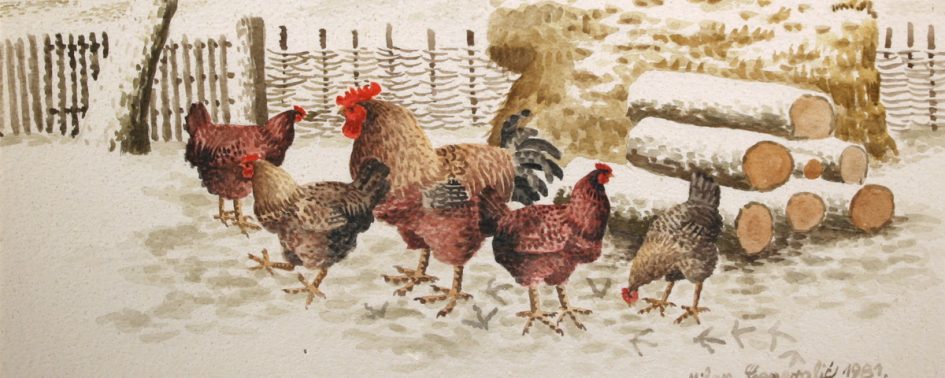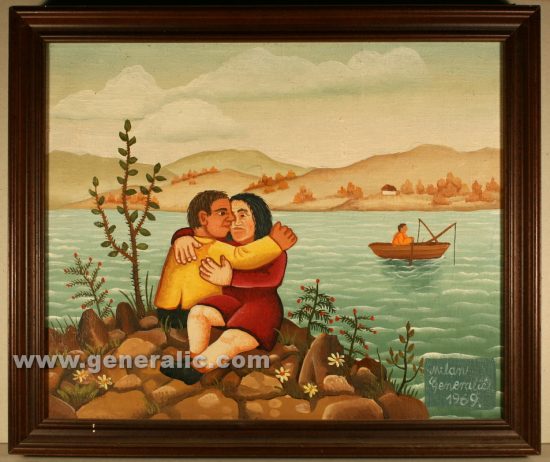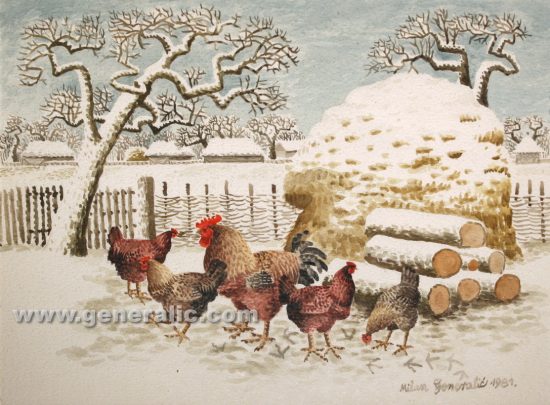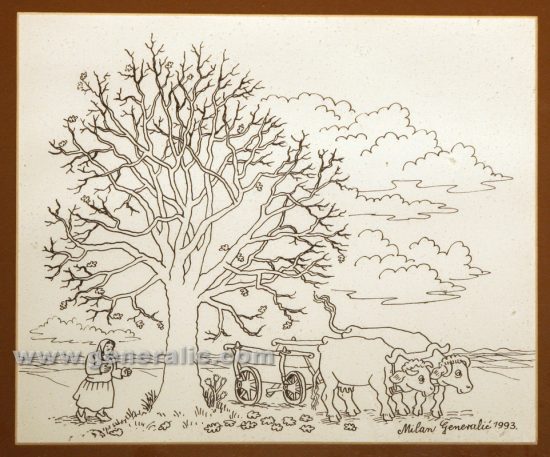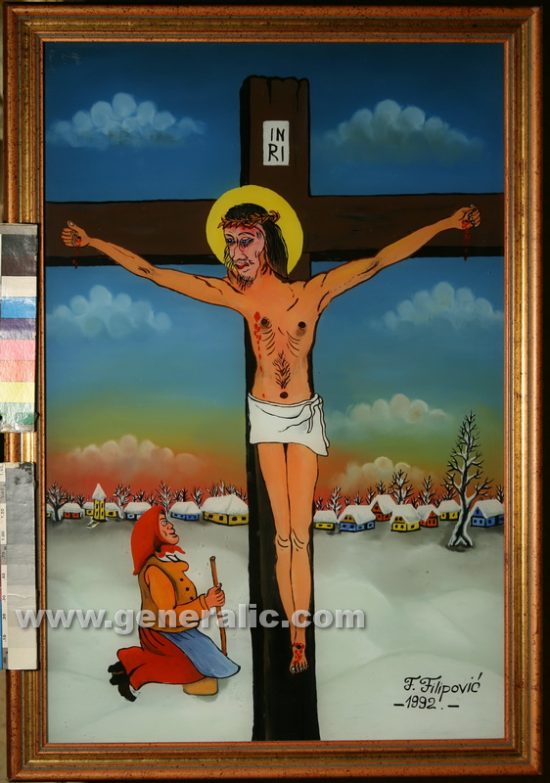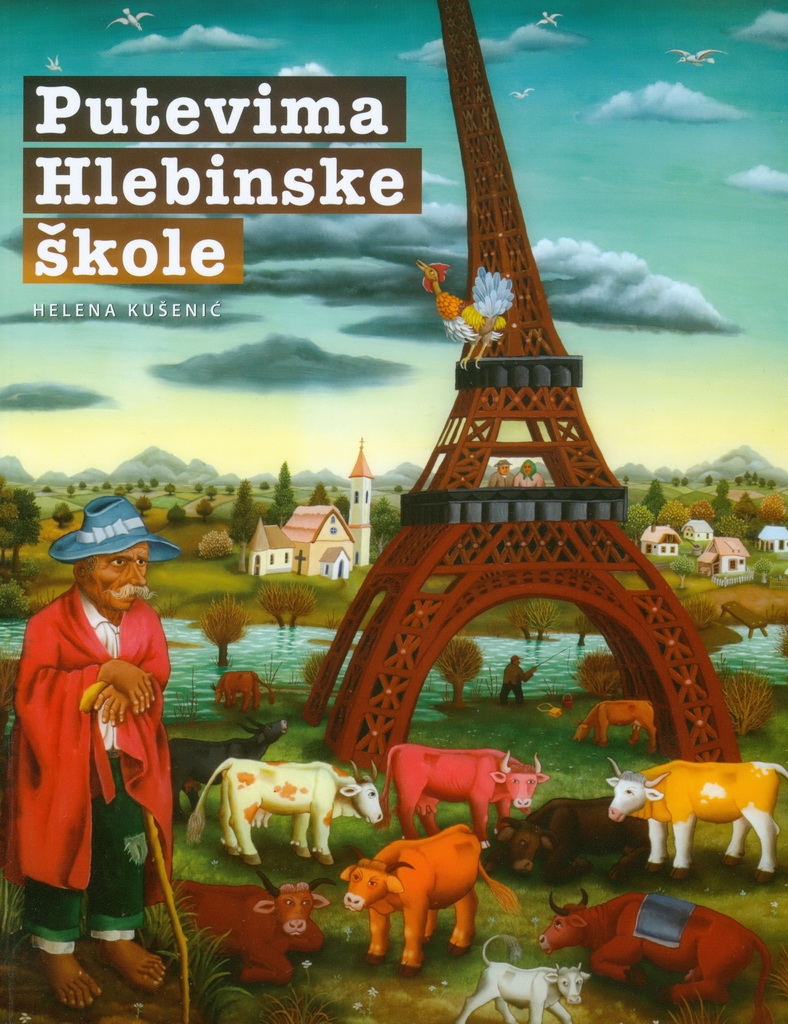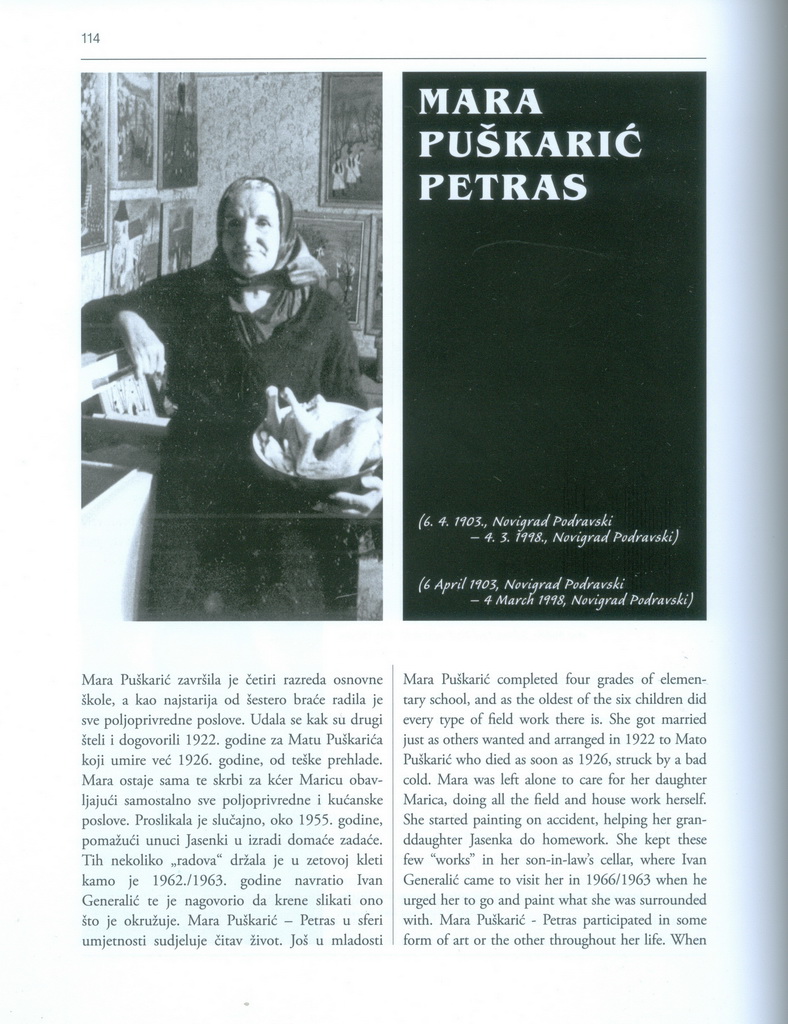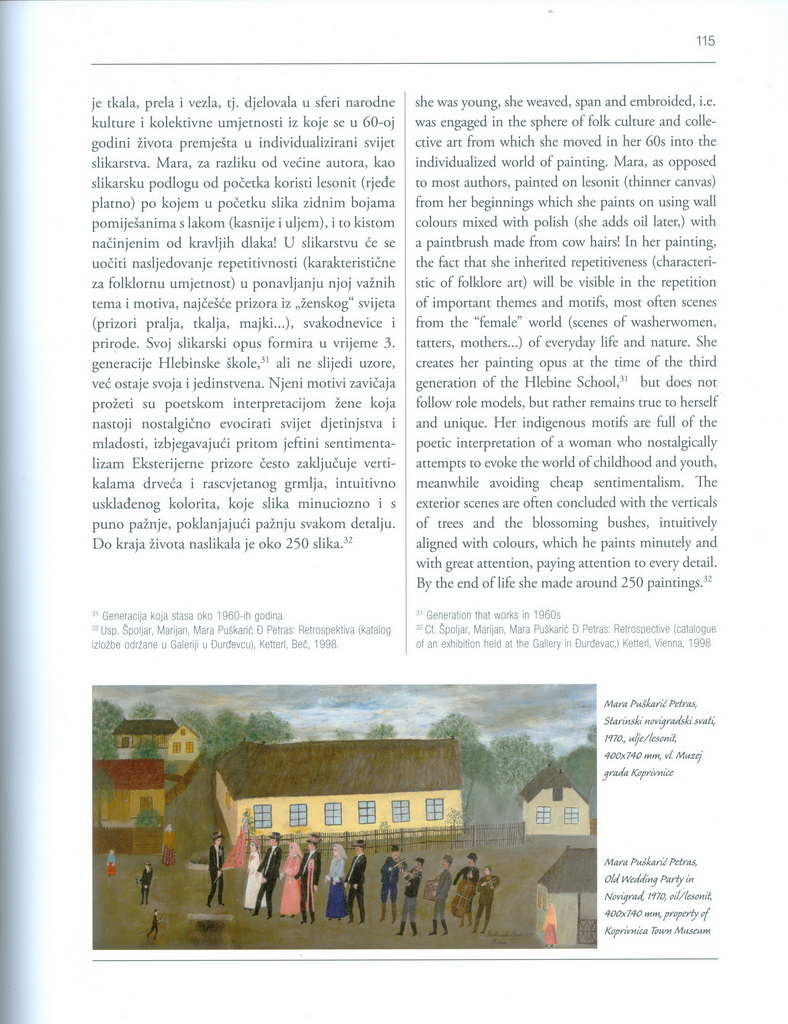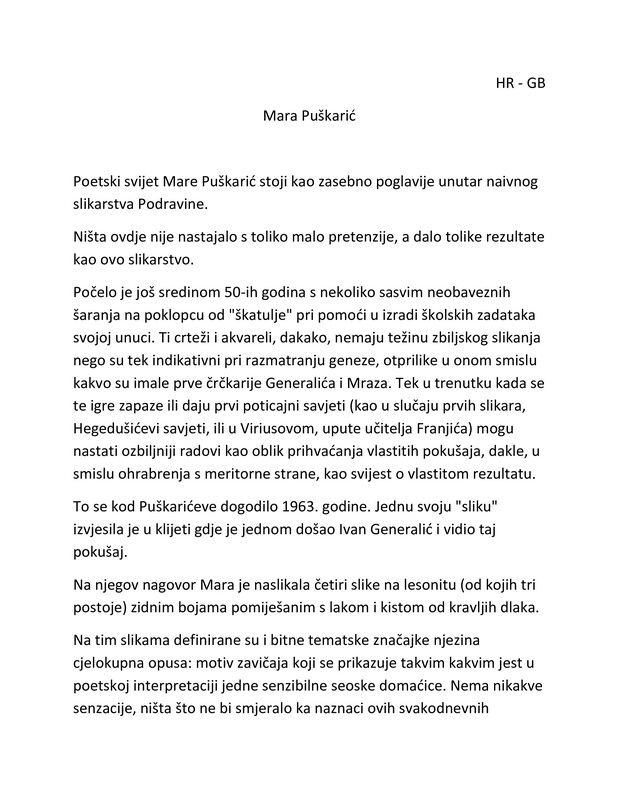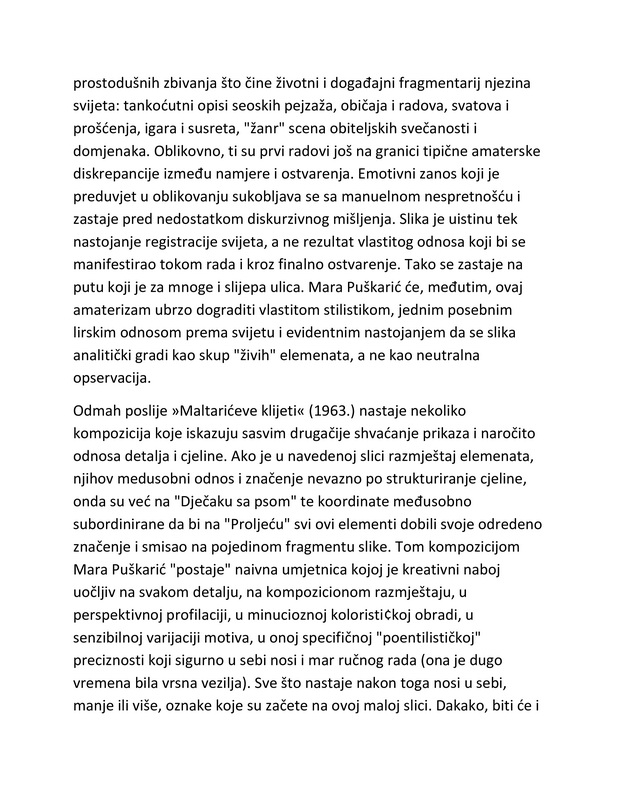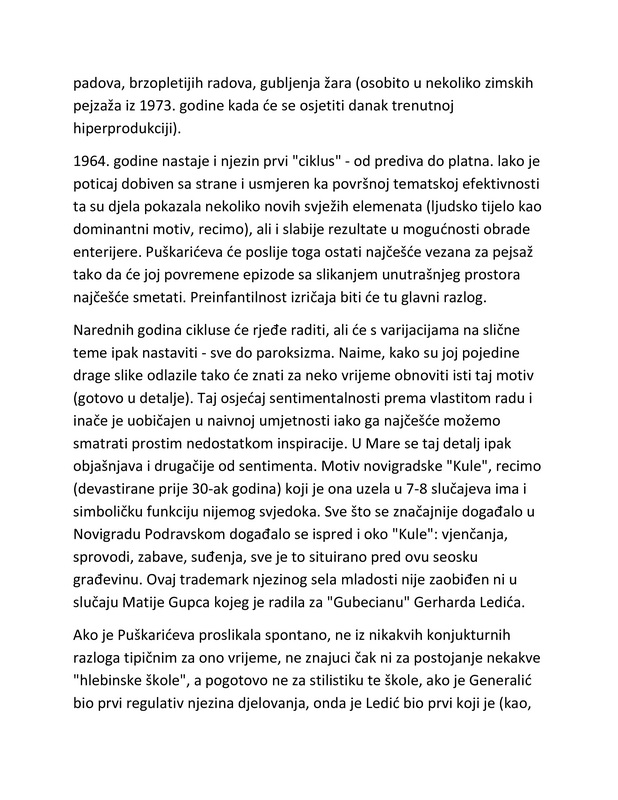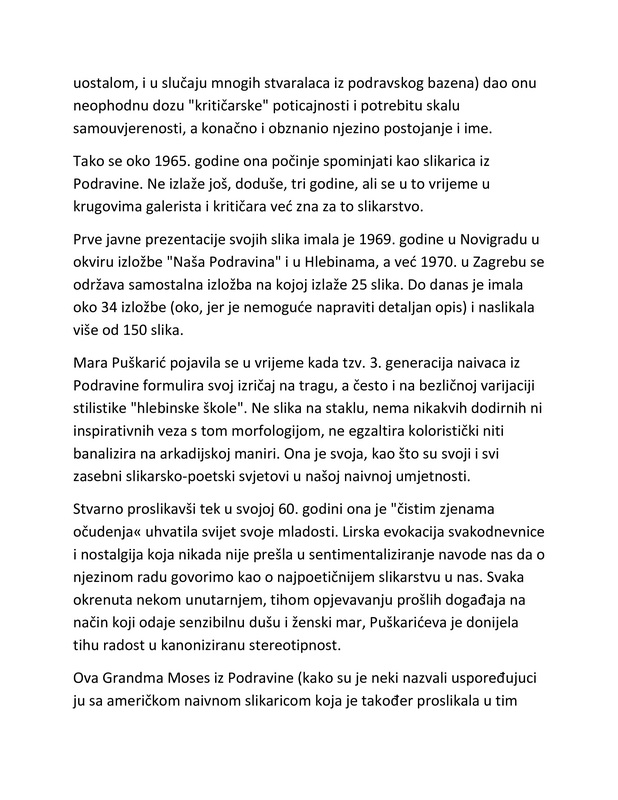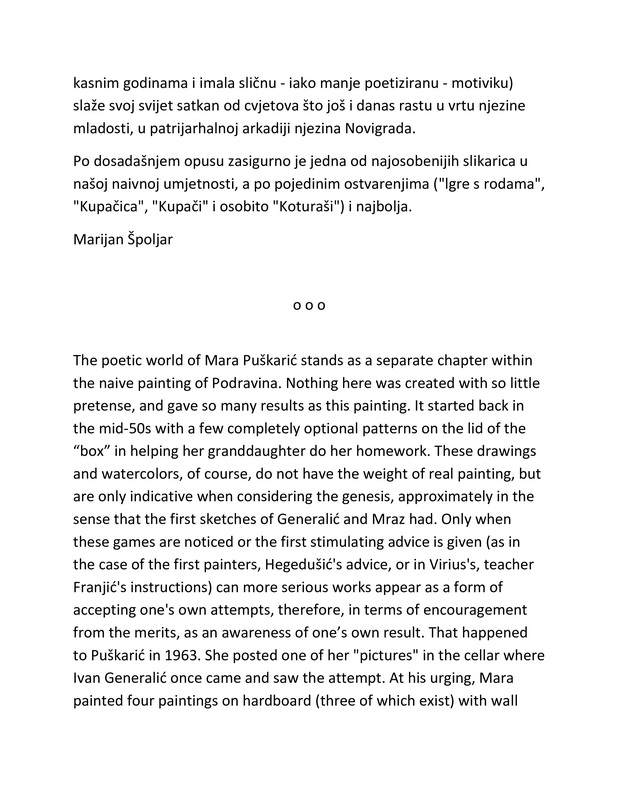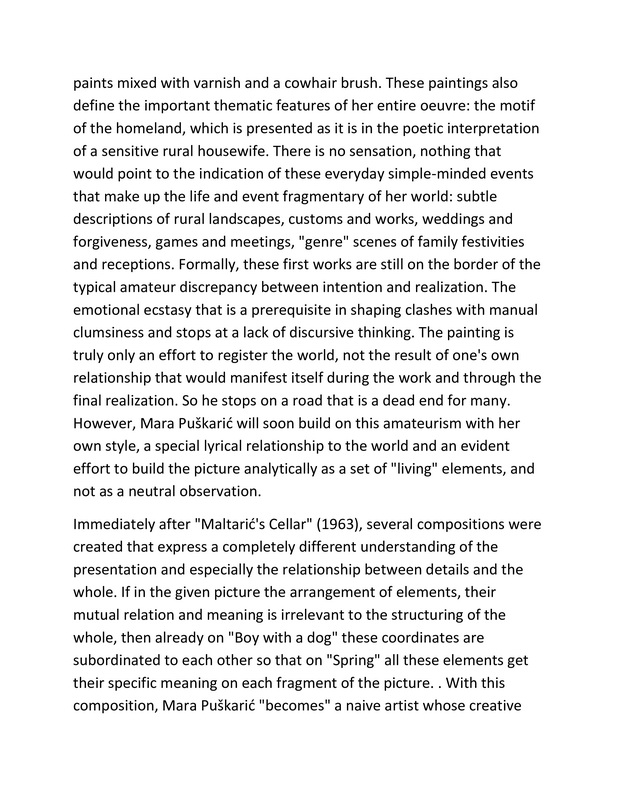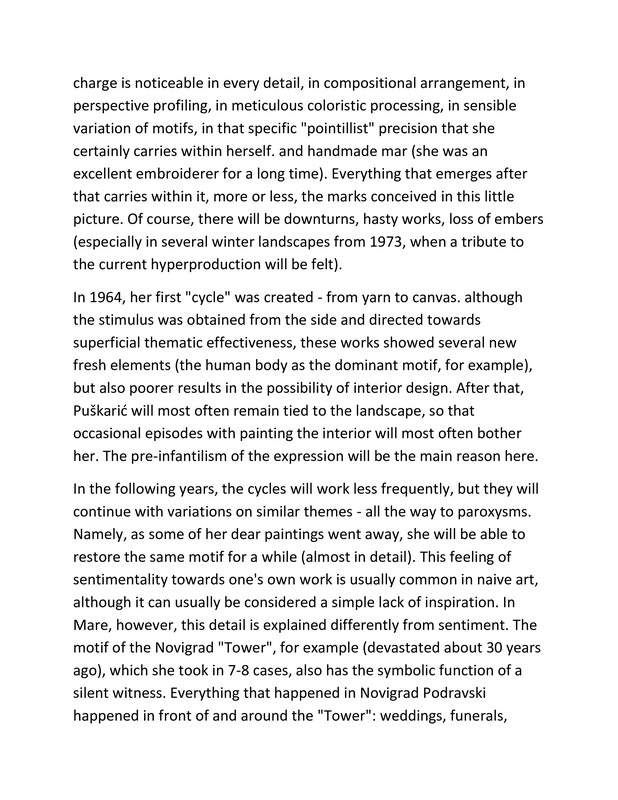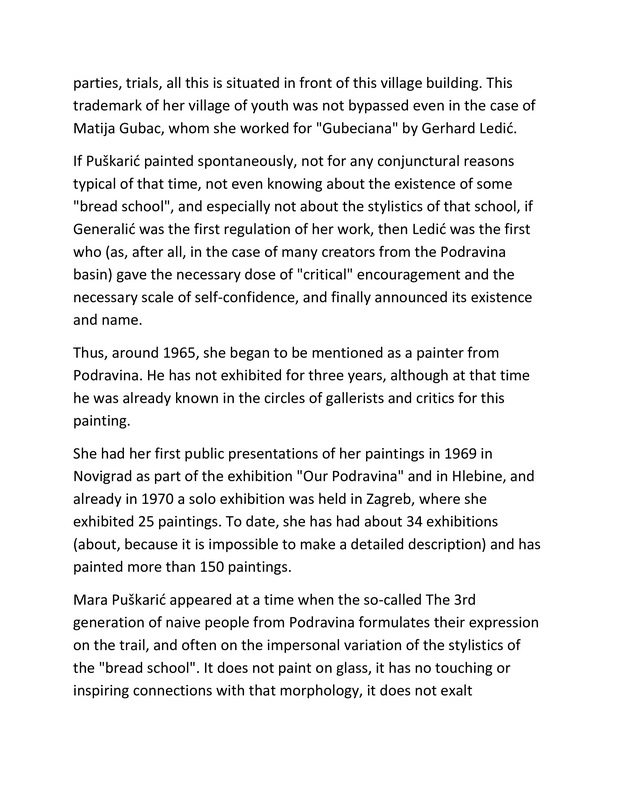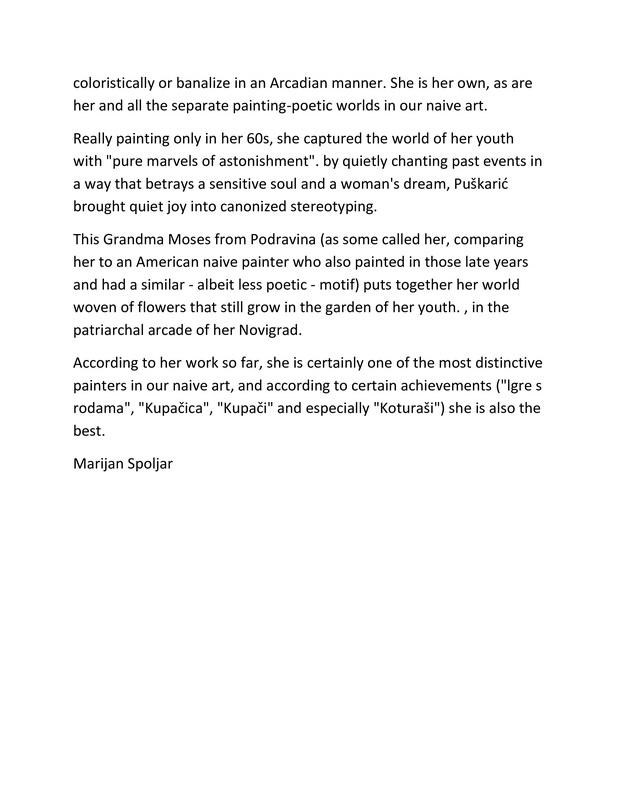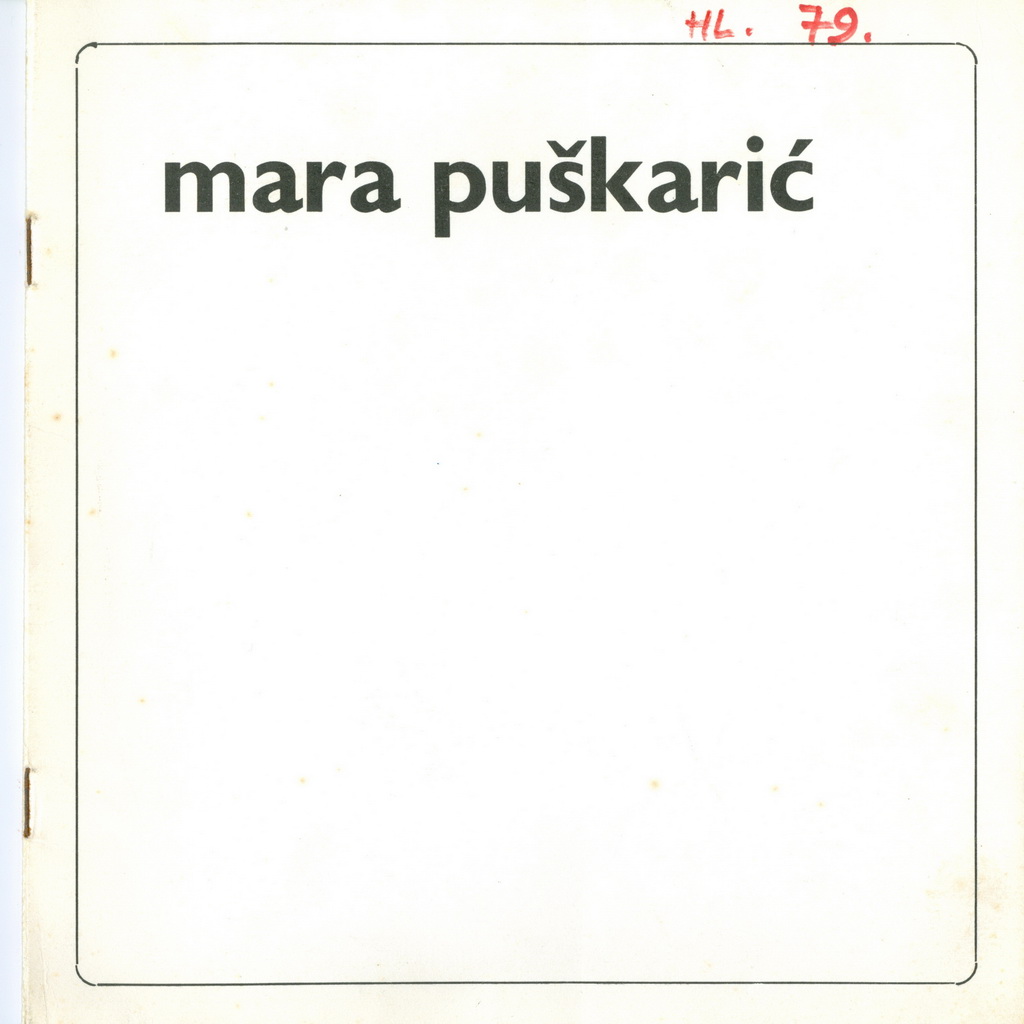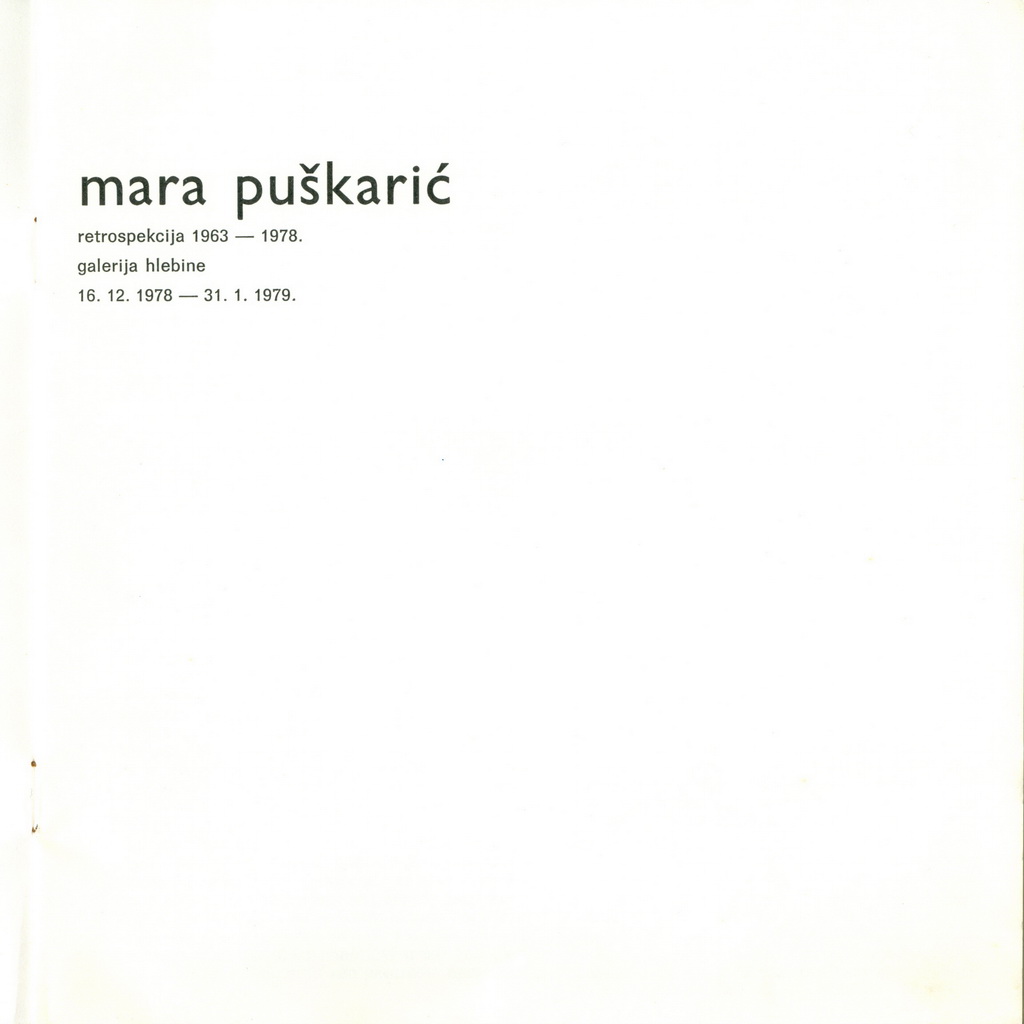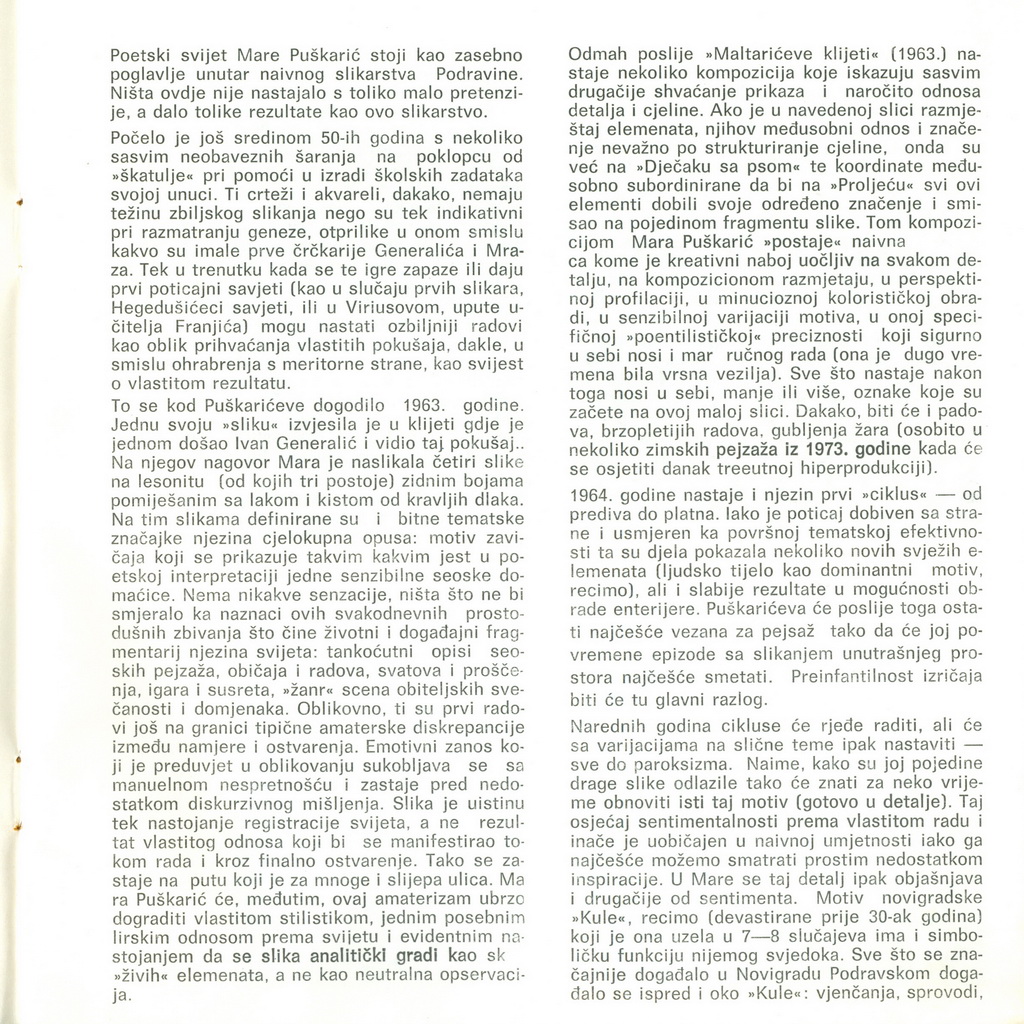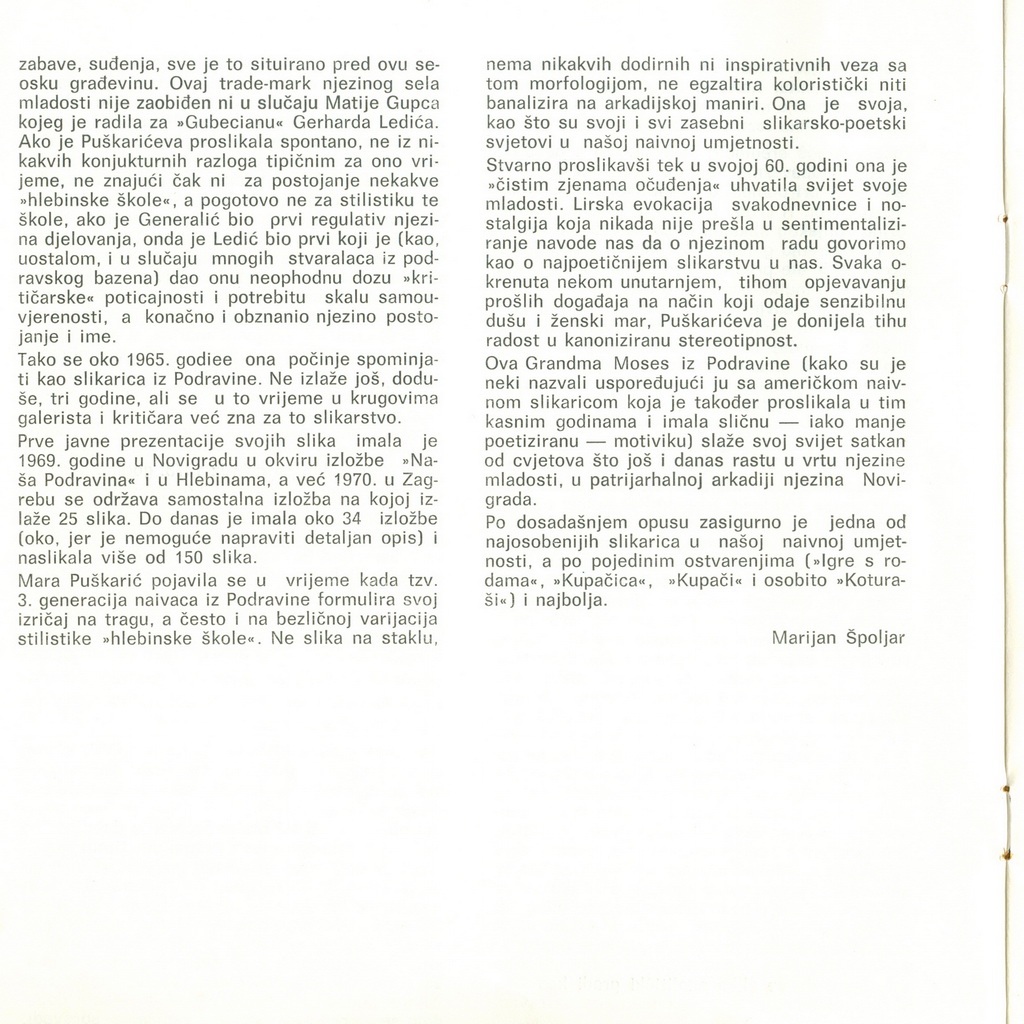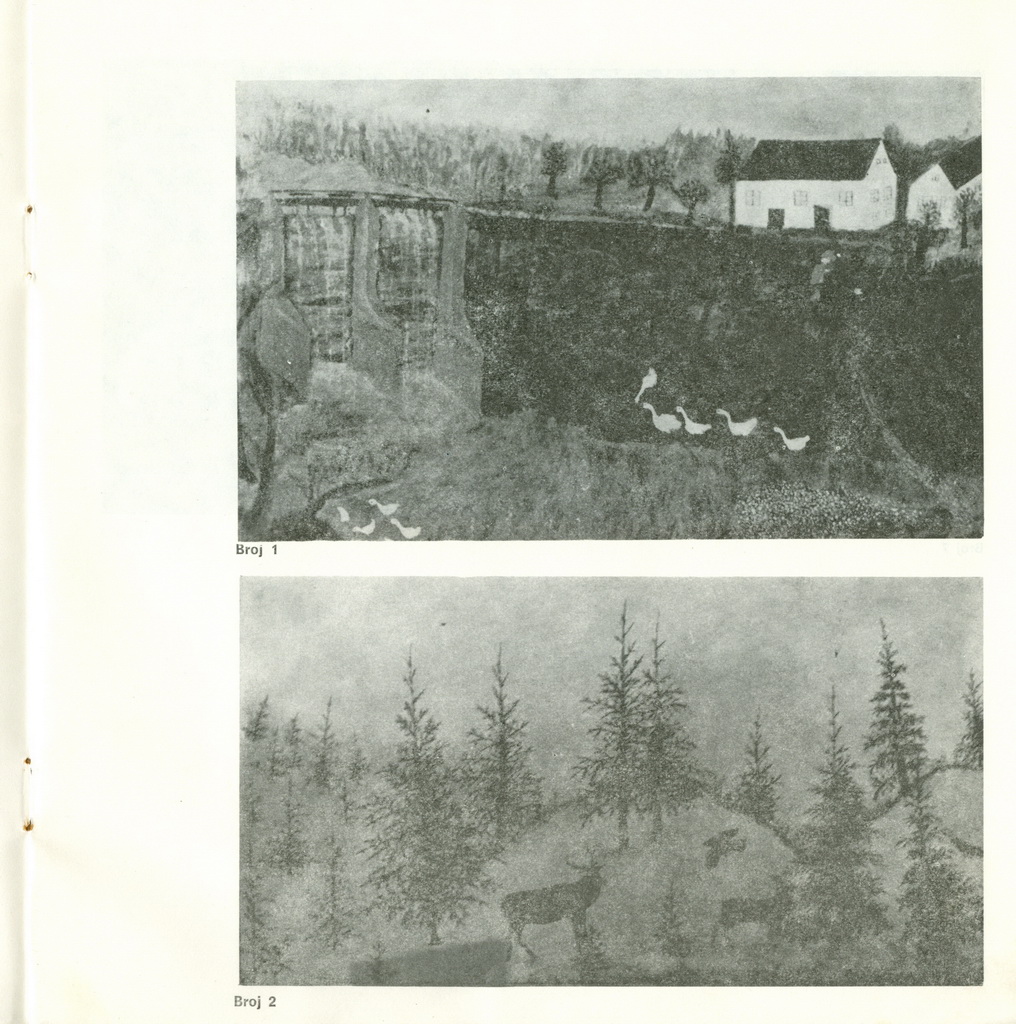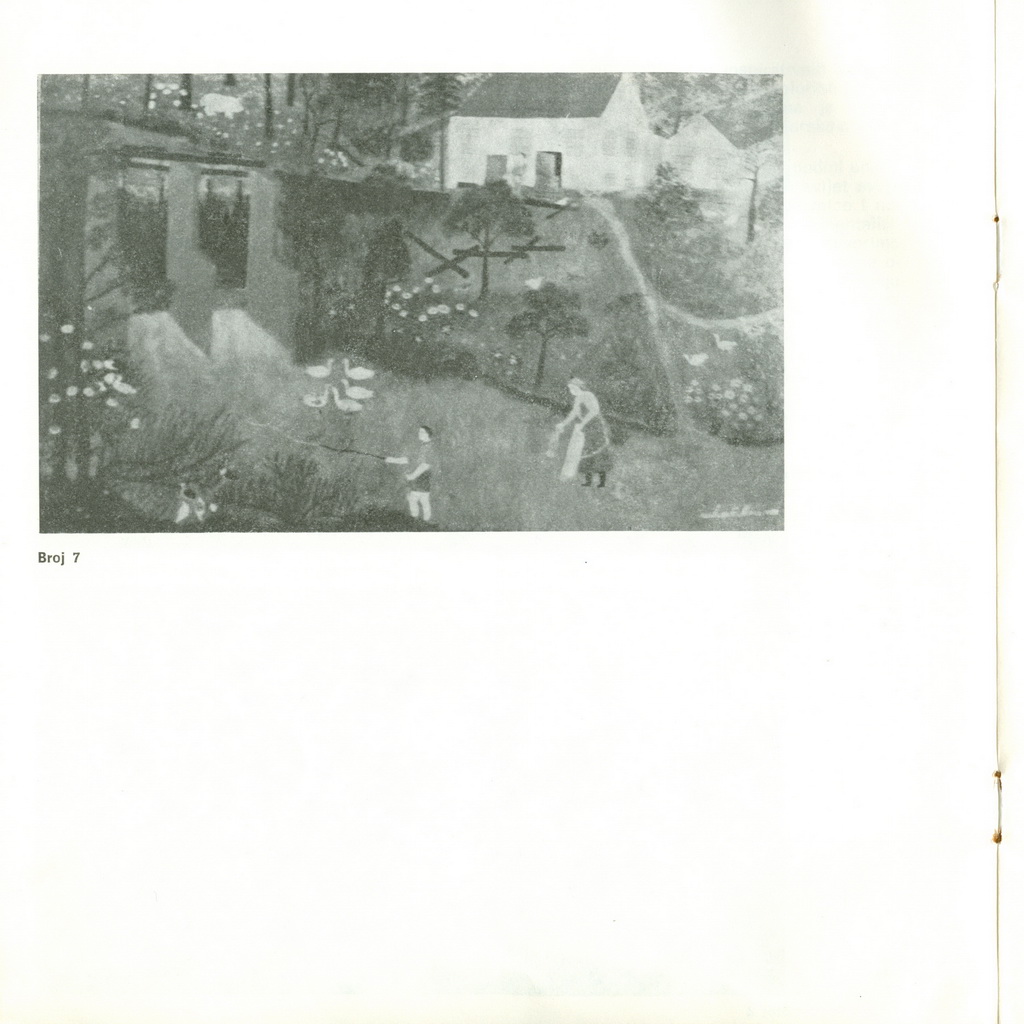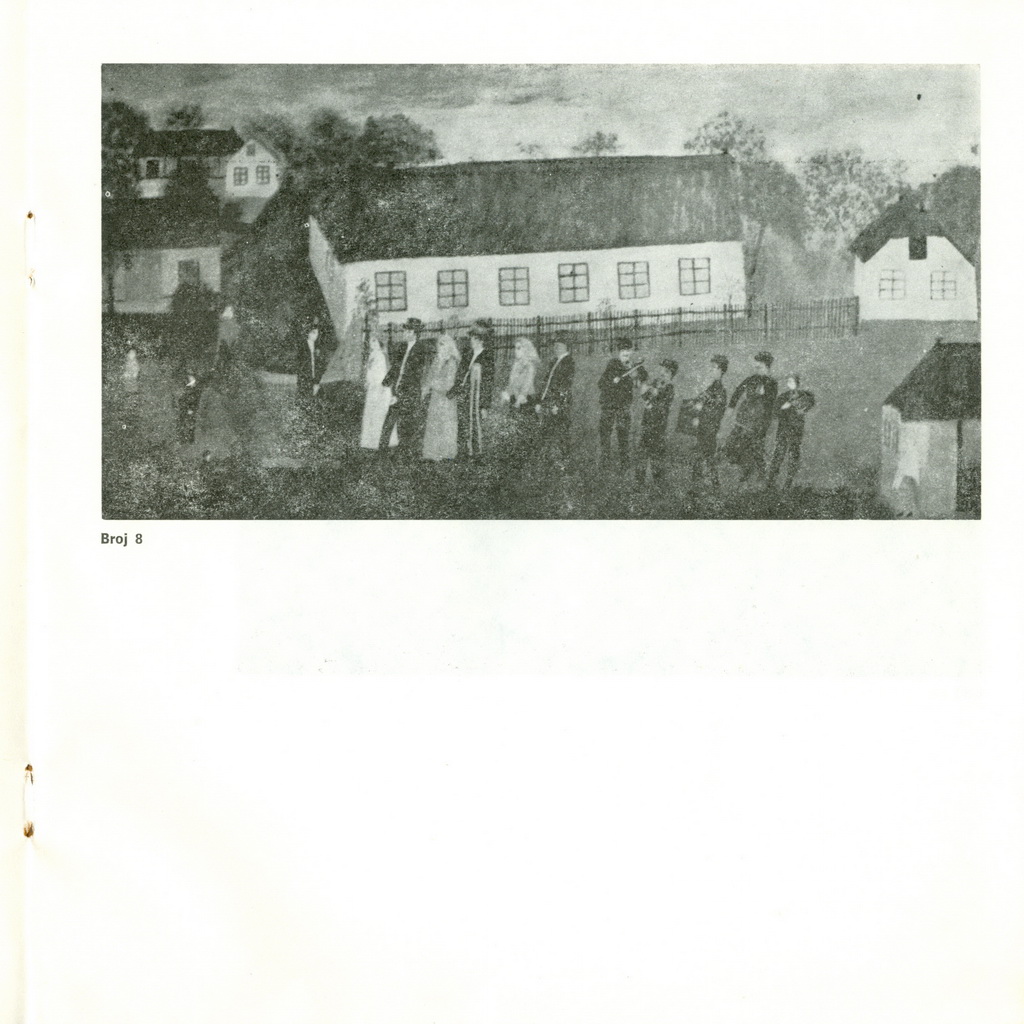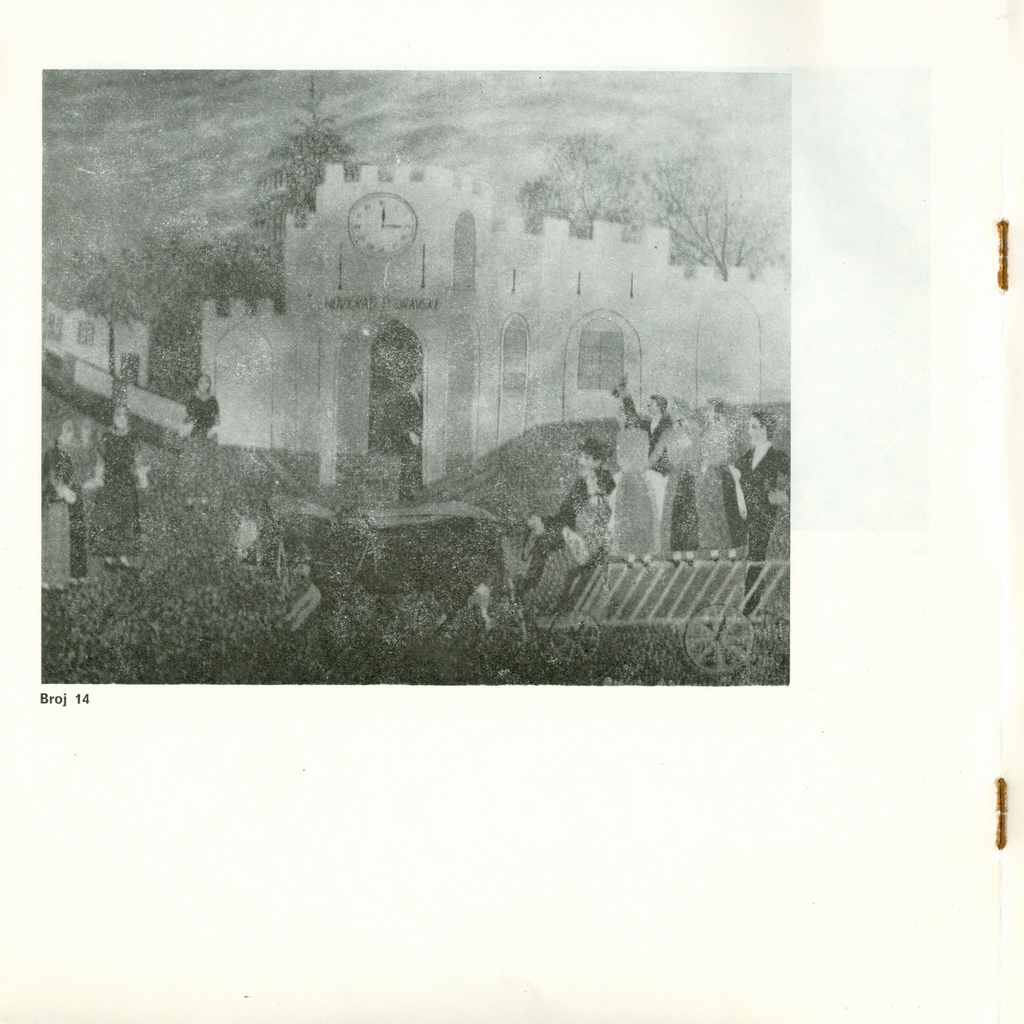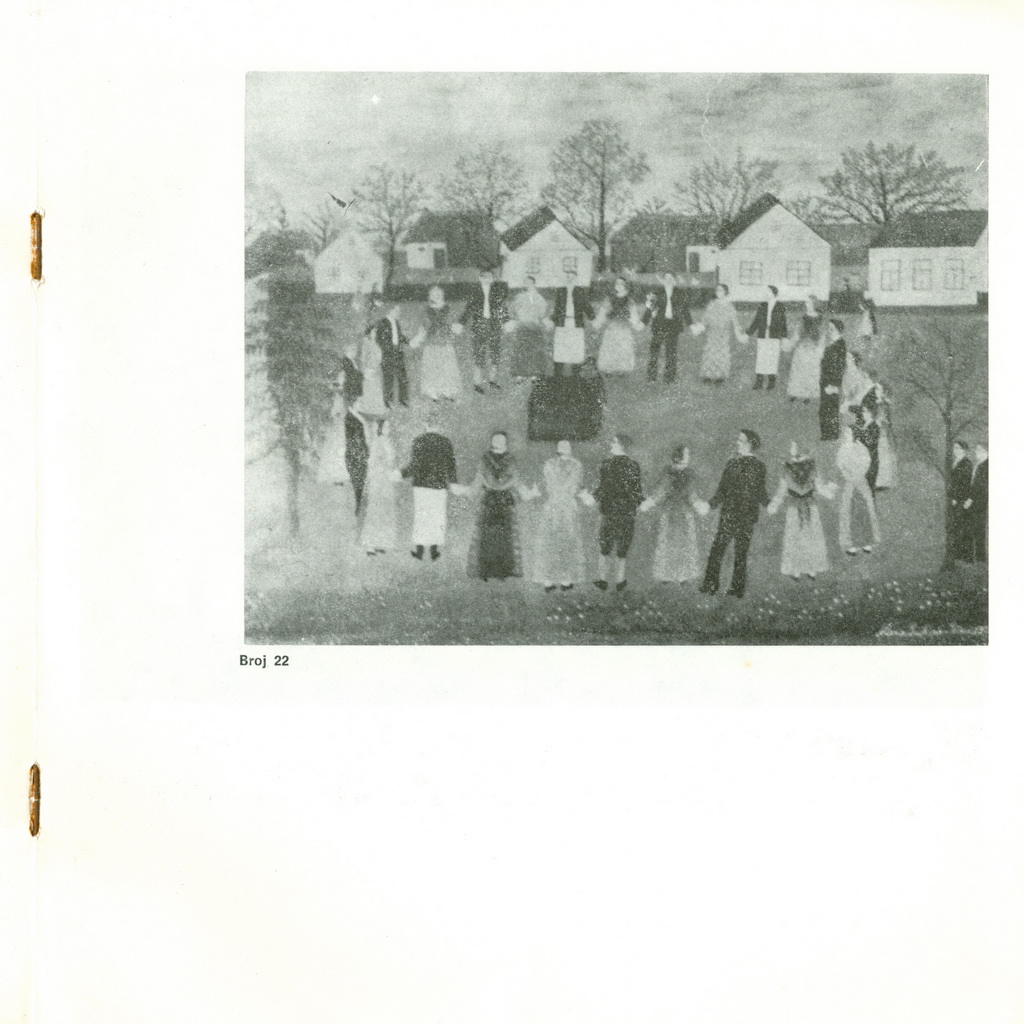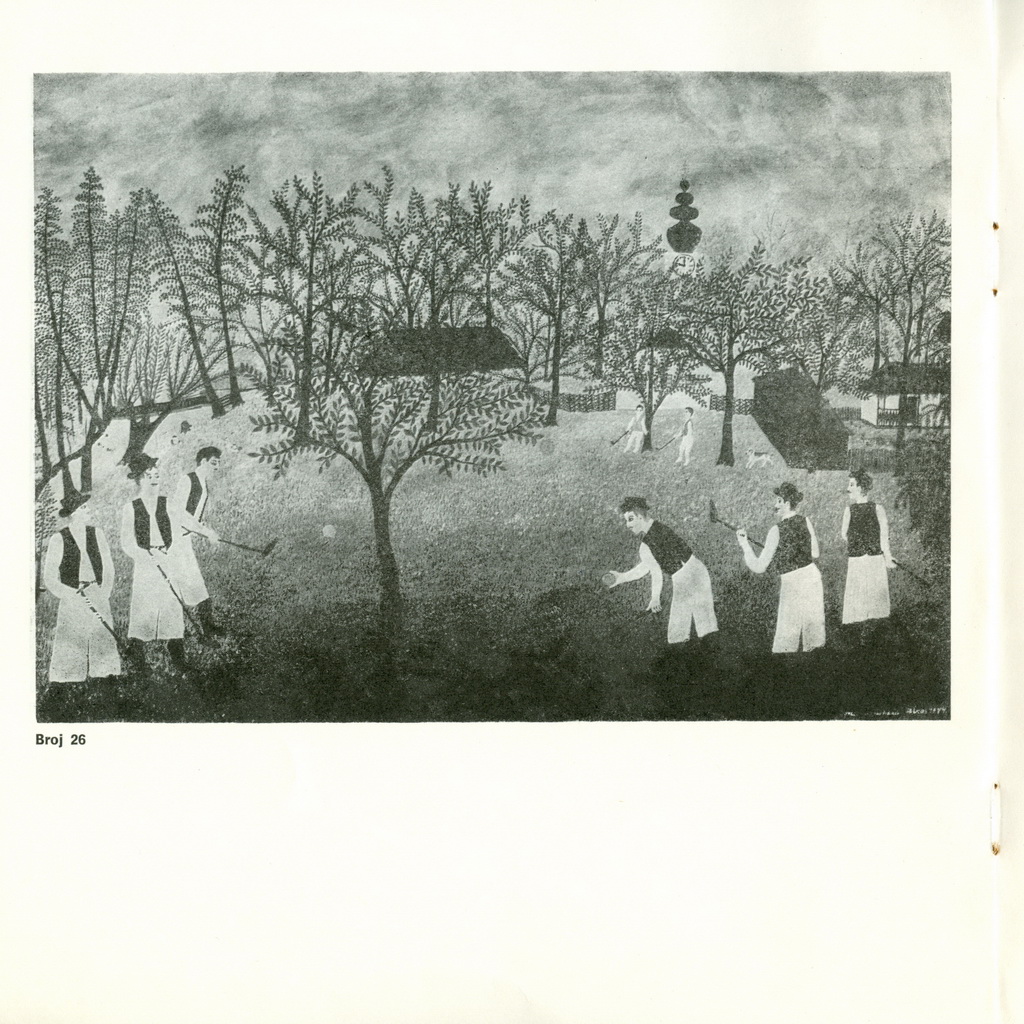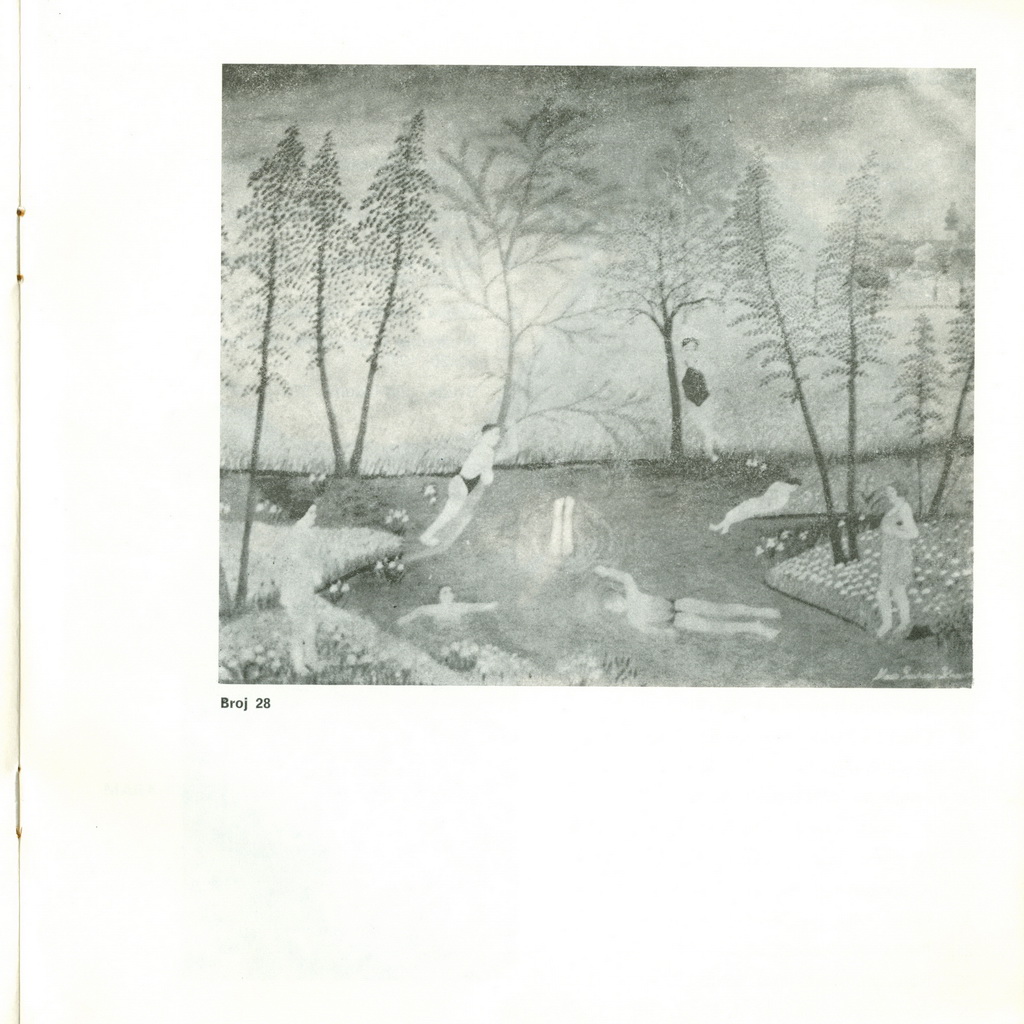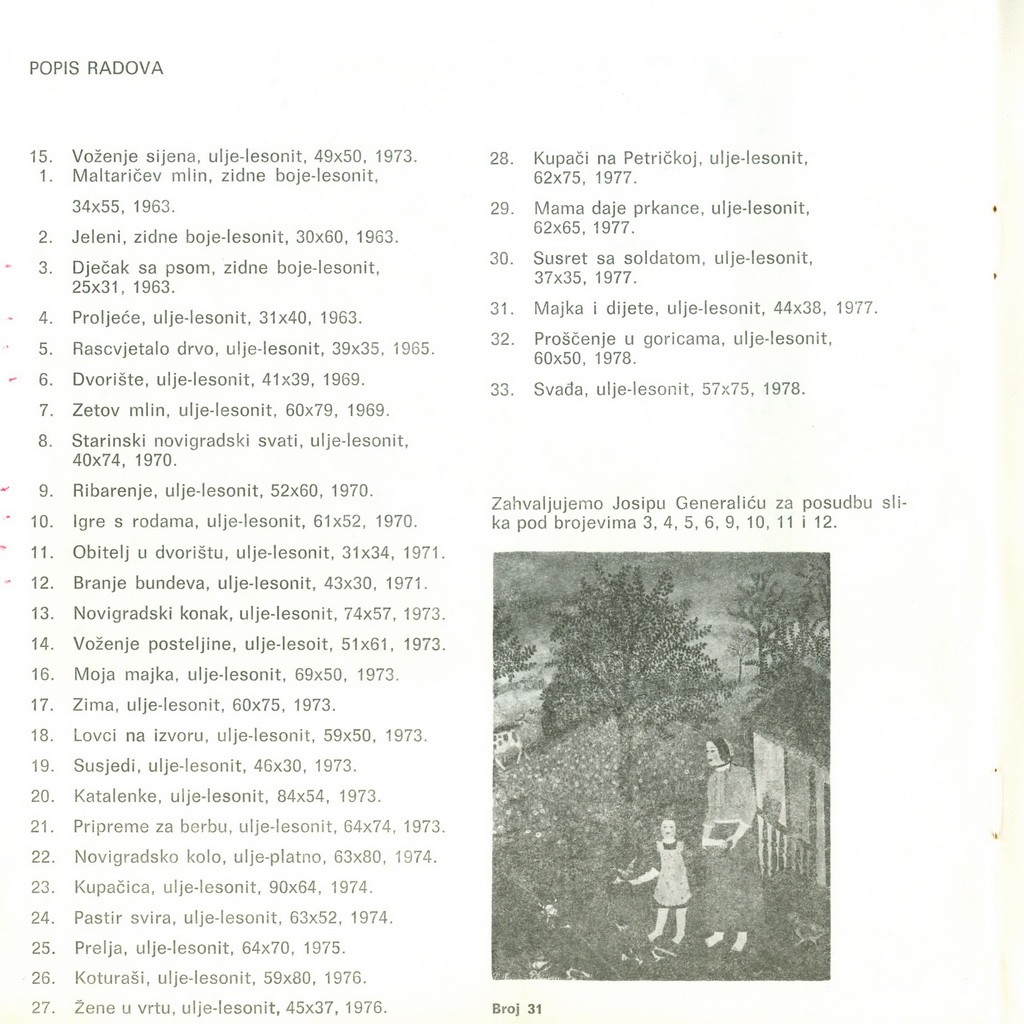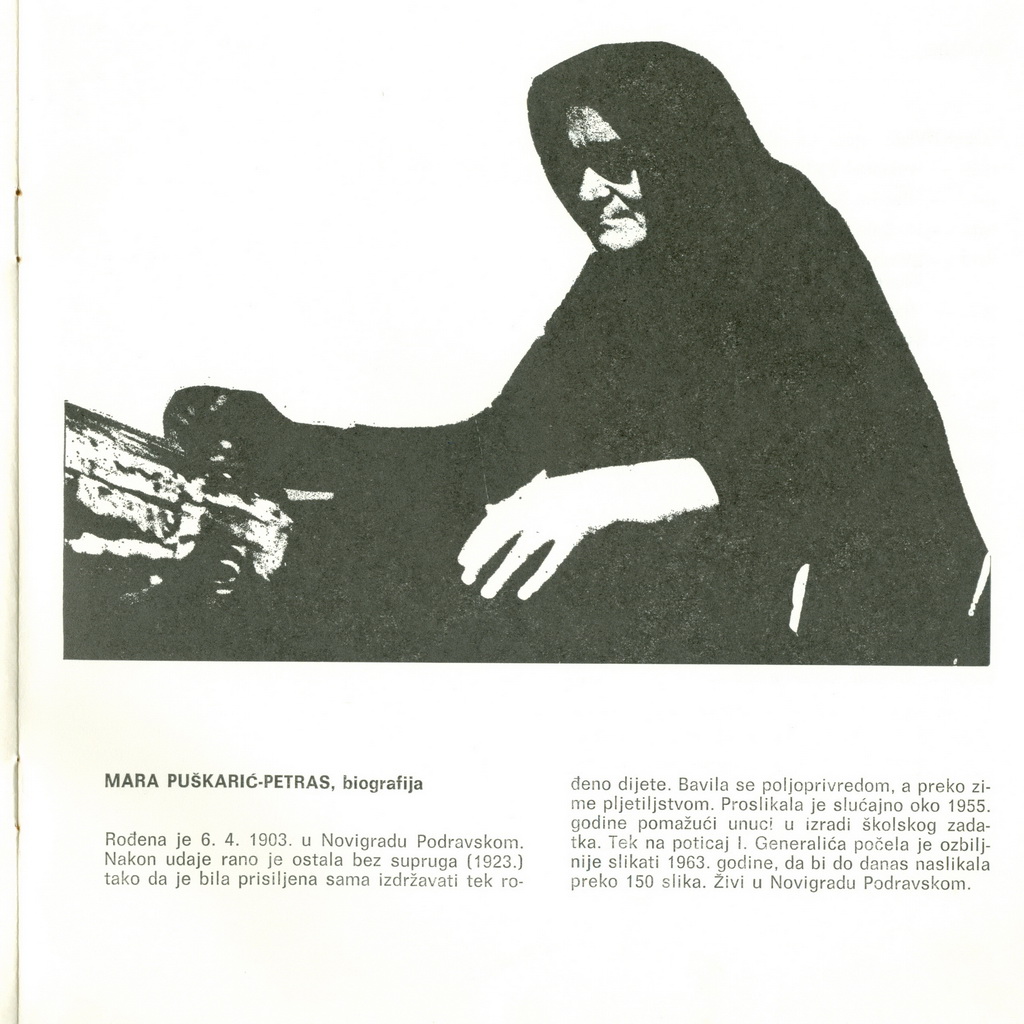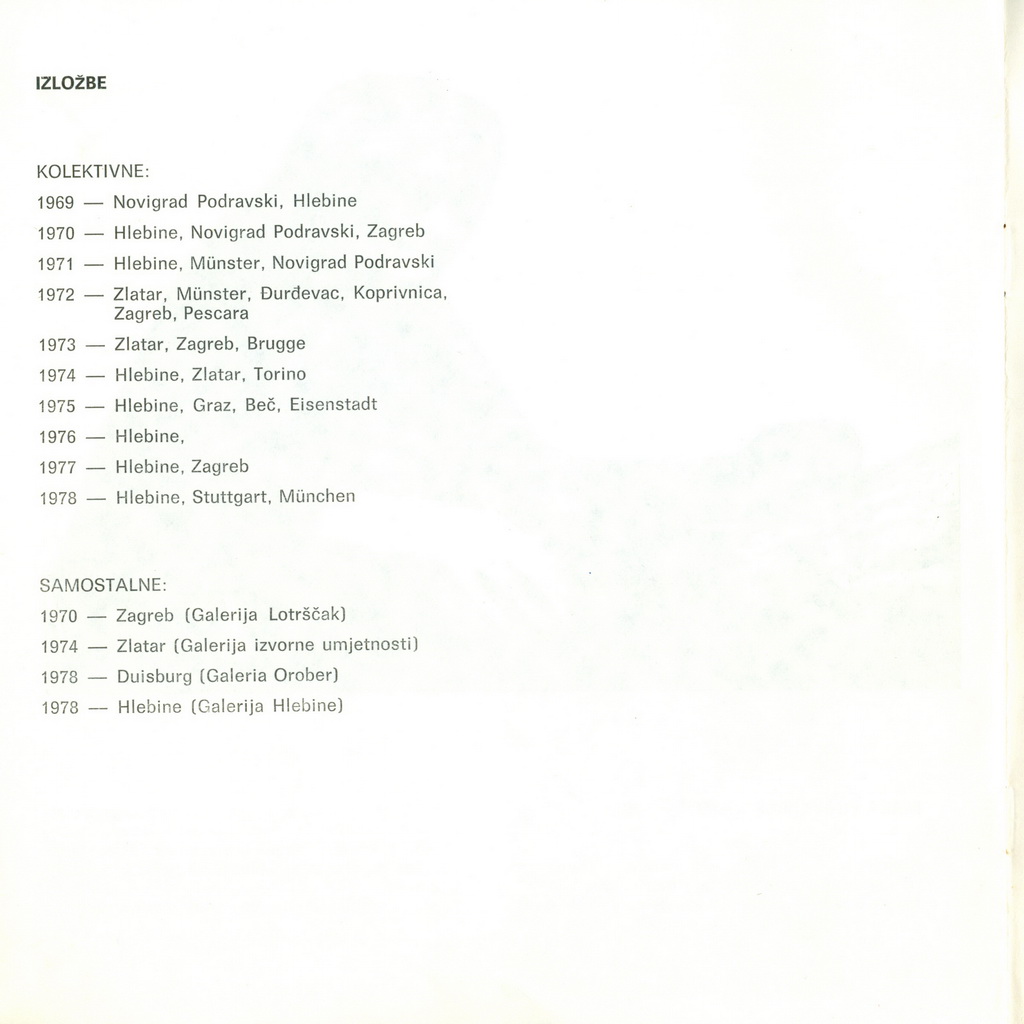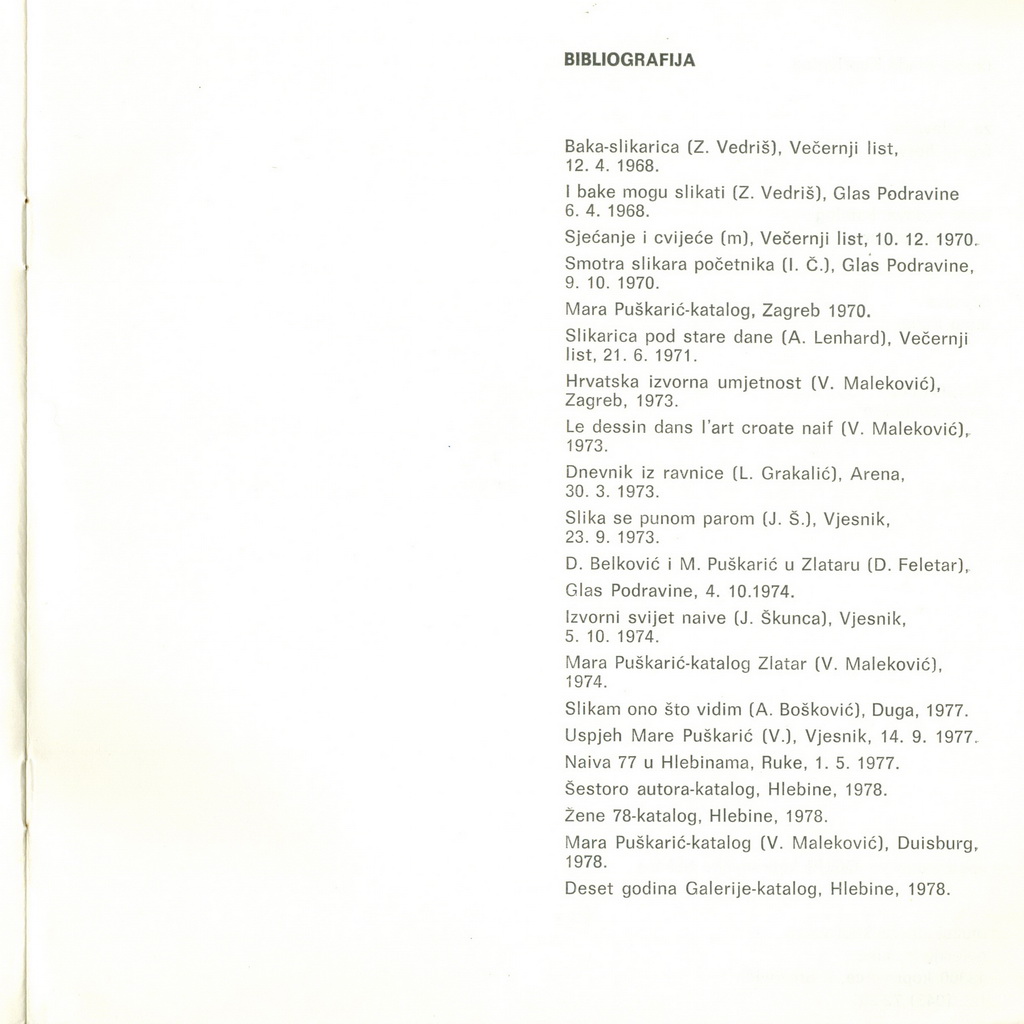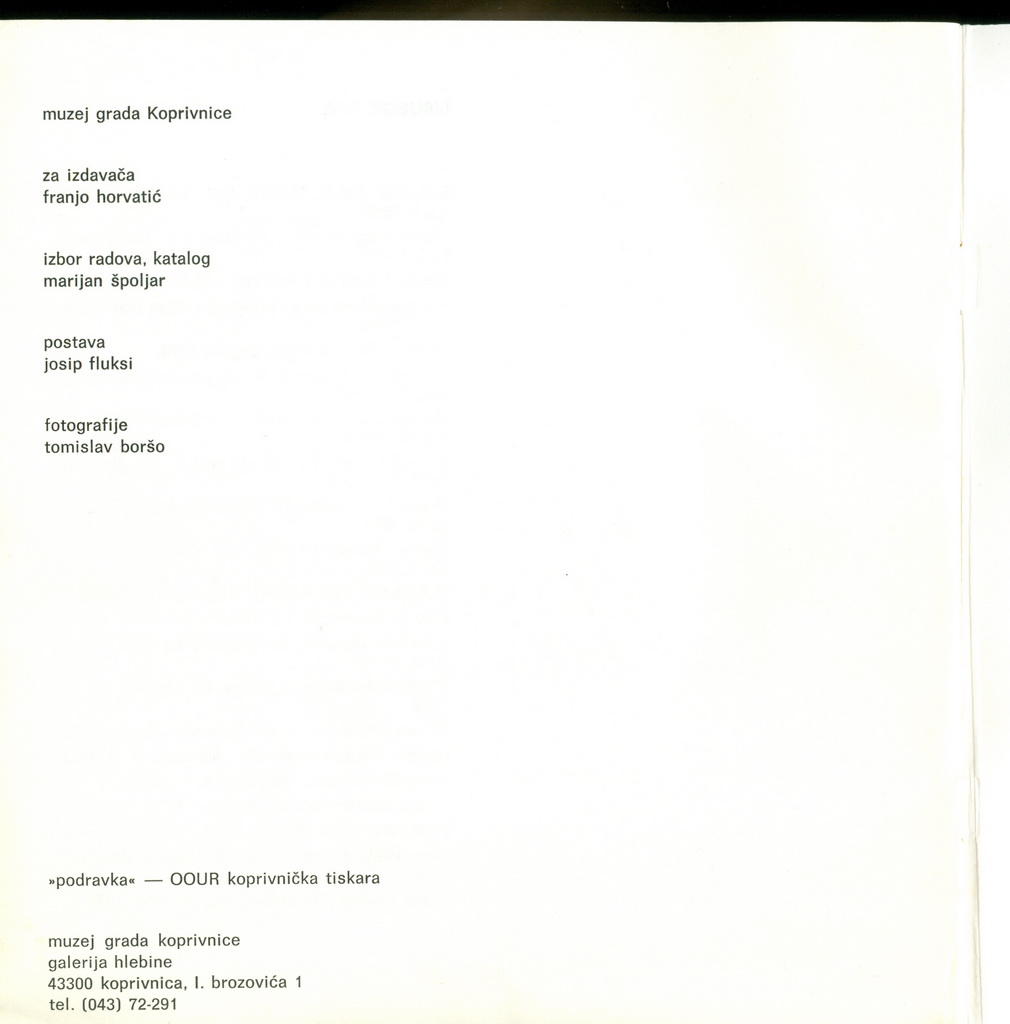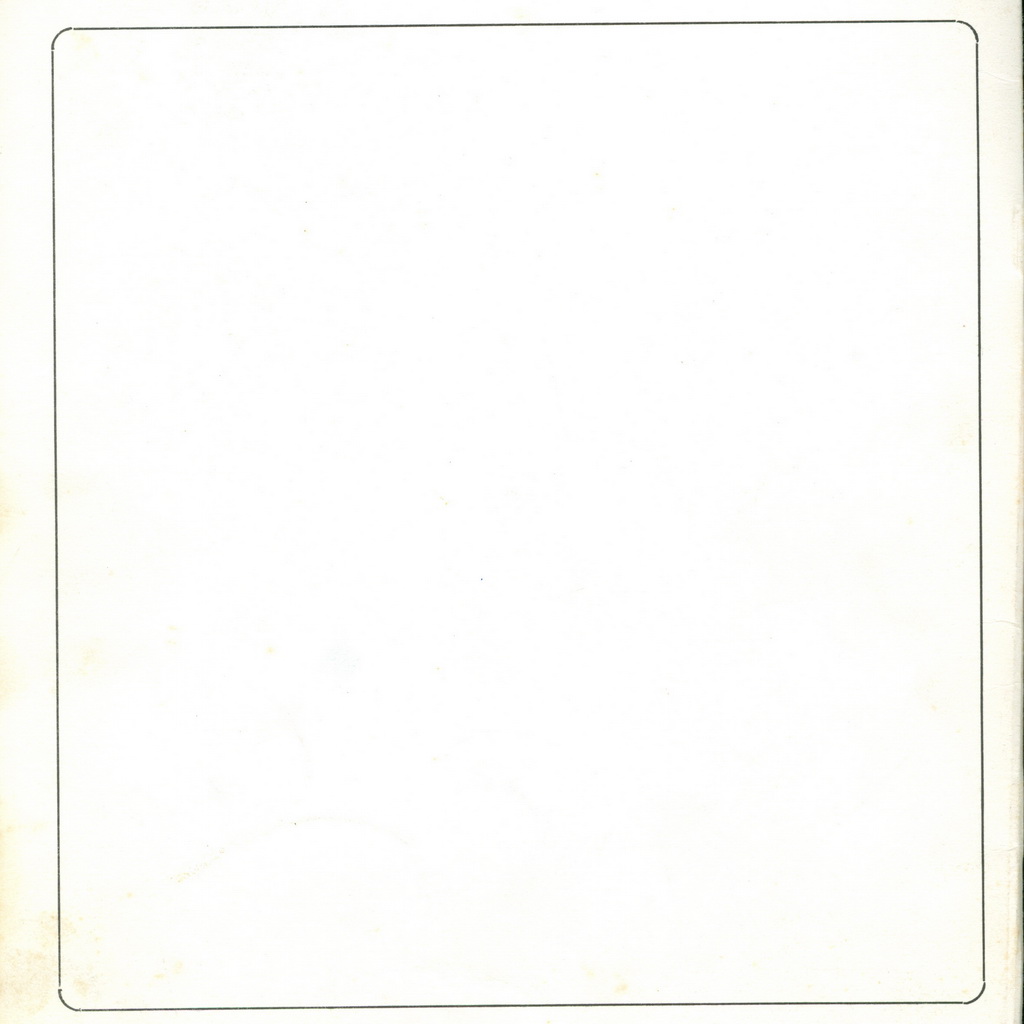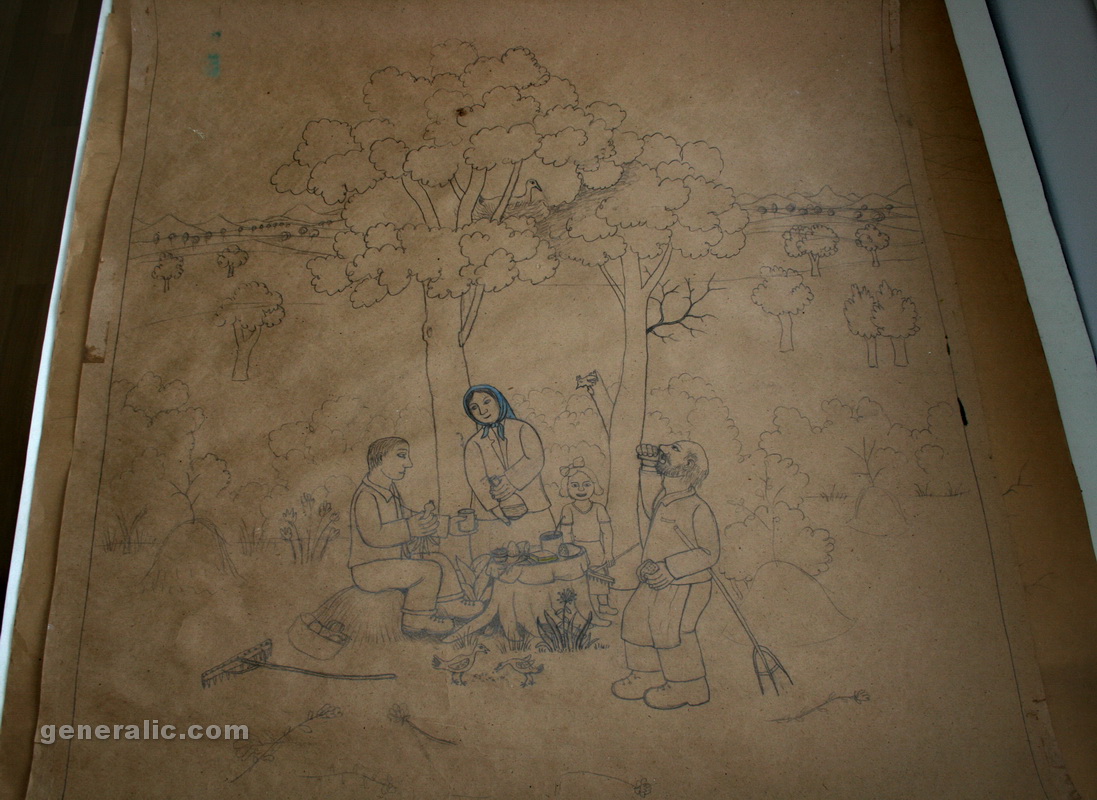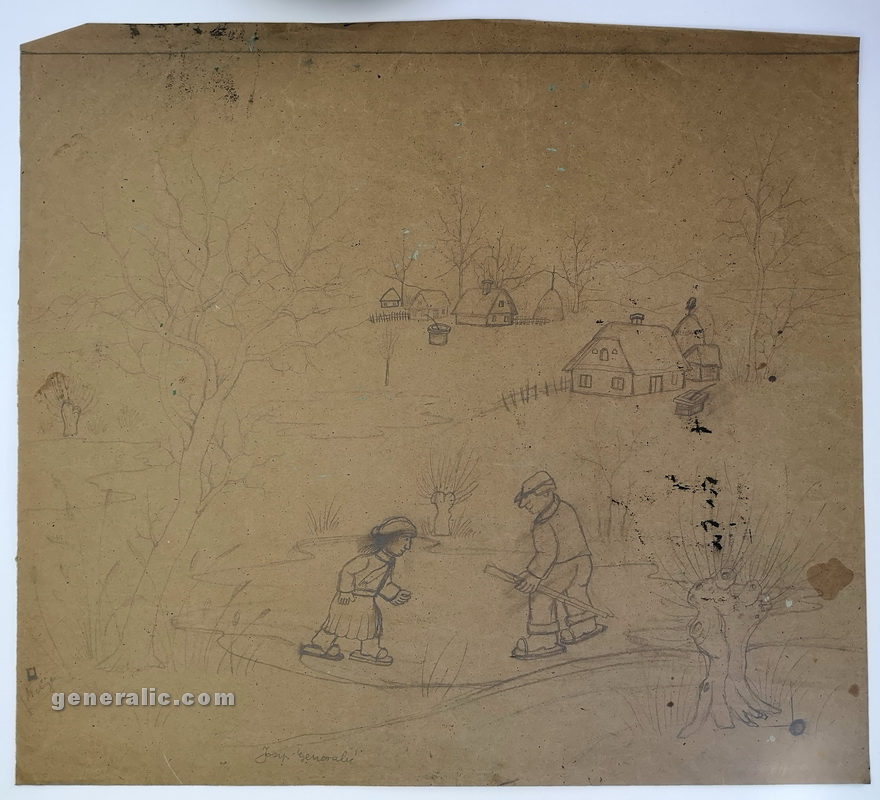[FOR SALE / NA PRODAJU]
o
Milan Generalić (1950. – 2015.)
- Milan Generalić, Ljubavnici (Lovers), ulje na platnu (oil on canvas), 30×25 cm, 1969 – 300 eur
- Milan Generalić, Kokoši (Hens), akvarel (watercolour), 1981, 30×40 cm – 300 eur
- Milan Generalić, Krave (Cows), tuš (ink), 1993, 25×30 cm – Cijena na upit (Price on request)
- (HR) Biografija
- (EN) Biography
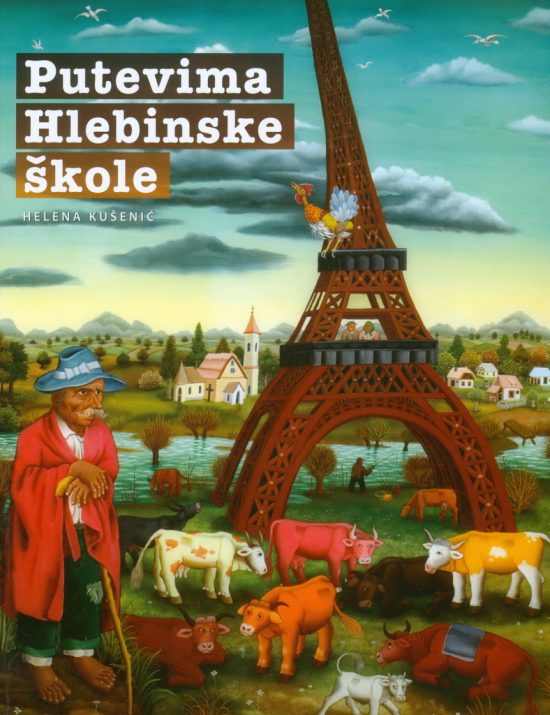
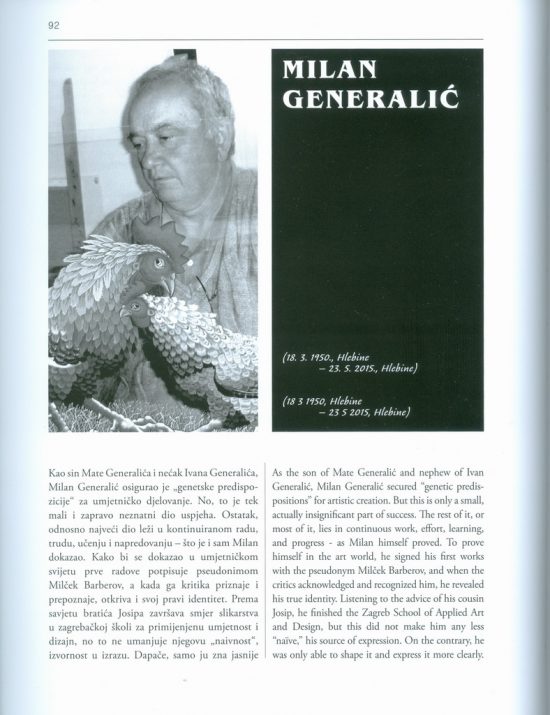
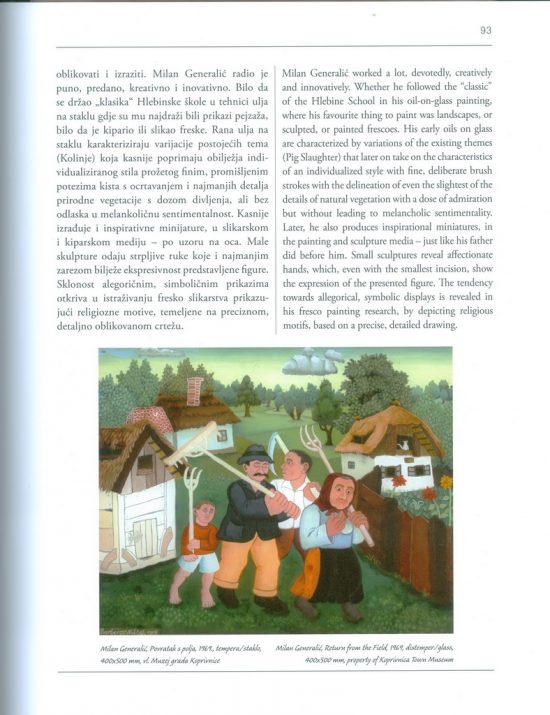
o
Franjo Filipović (1939. – 2015.)
- Franjo Filipović, Isus (Jesus), ulje na staklu (oil on glass), 1992, 60×40 cm – 400 eur

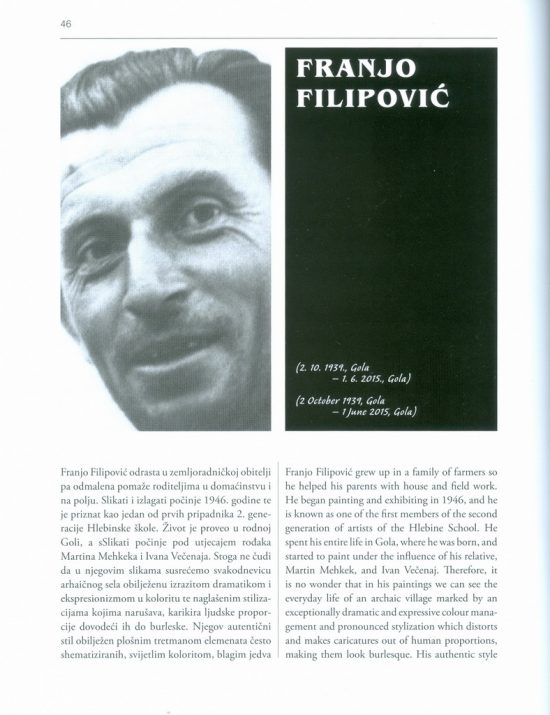
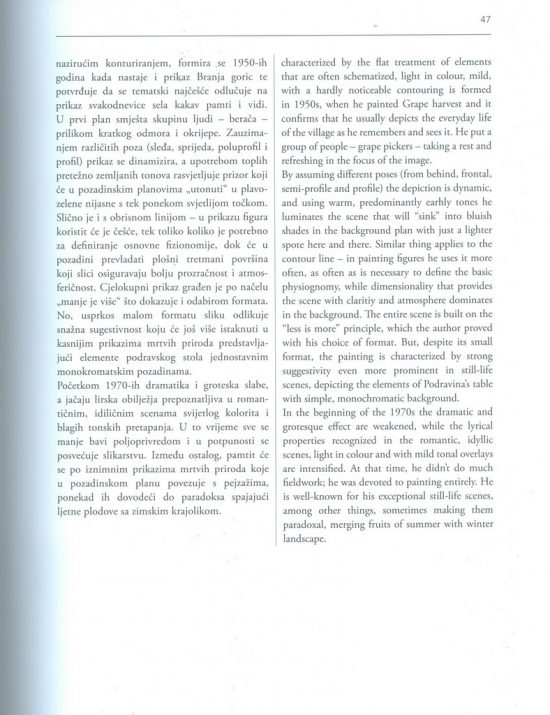
o
Dražen Tetec (1972.)
- (HR) Biografija
- Dražen Tetec je počeo slikati 1991. godine. Nakon prve skupne izložbe 1992. u Galeriji Hlebine, započeo je suradnju s Josipom Generalićem, koji ga je podučavao kako razviti vlastiti i jedinstveni izraz na staklu. Kao talentirani slikar, Tetec je dosad izlagao na desecima skupnih i brojnim samostalnim izložbama. Tetec je član Društva hrvatskih naivnih umjetnika, Udruge hlebinskih slikara i kipara naive te likovne sekcije Podravka 72. Živi i radi u Hlebinama.
- (EN) Biography
- Drazen Tetec began to paint in 1991. After the first group exhibition in 1992 in the Gallery Hlebine, he started to cooperate with Josip Generalic, who taught him how to reach his own and unique expression on the glass. As a talented painter, Tetec has so far exhibited in dozens of common and many solo exhibitions. Tetec is a member of the Society of Croatian Naive Artists, the Association of Naive painters and sculptors Hlebine and the art section Podravka 72. He lives and works in Hlebine.
o
Mara Puškarić-Petras (1903. – 1998.)
- (HR) Biografije
- (EN) Biographies
o
